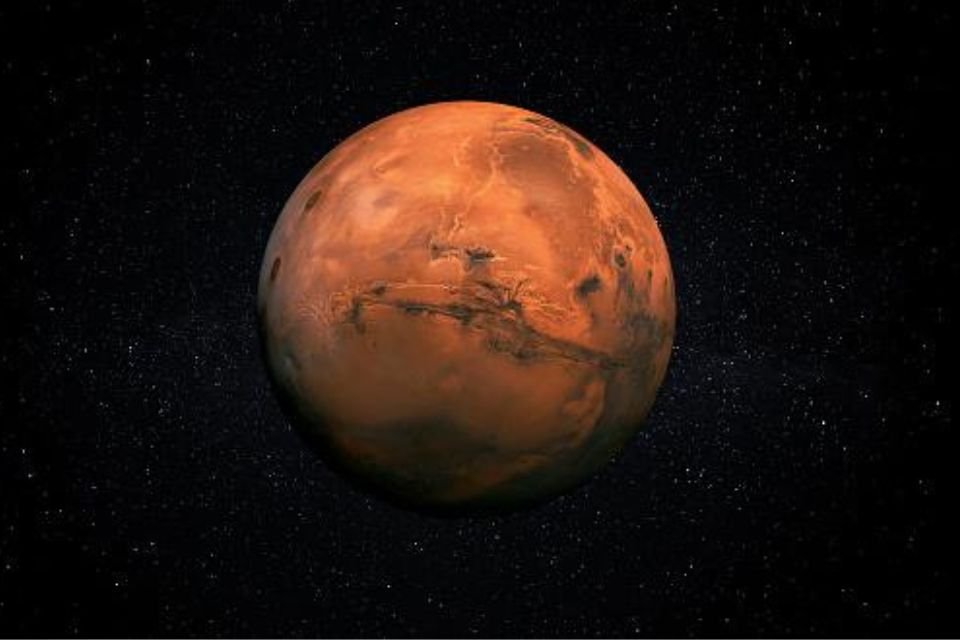According to two new studies published in the scientific journals of Nature and Proceedings of the National Academy of Sciences (PNAS), New evidence has been found to suggest Probability of life on Mars. Scientists have released two new discoveries: one presents data collected by Rover Perseverance, evidence of organic molecules; the second is the use of a new method to understand the density of the red planet’s rivers.
The Perseverance rover, during observations in the Jezero crater on Mars, The region is full of molecules important to the formation of life., like carbon — the data collected is better than the data obtained during the last observations made by the Curiosity rover. The scientists weren’t able to identify all of them, but the wavelengths of the analyzed data suggest that there are different types of molecules in the area.
As the scientists explain, molecules can have different explanations. For example, they may have come to the planet through meteorites, or they may have arisen through natural processes on the planet itself. anyway they explain it These molecules appeared on the planet between 2.3 and 2.6 billion years ago.
“We report specific fluorescent-mineral relationships consistent with many classes of organic molecules occurring in different spatial patterns within these compositionally distinct formations. The authors of the study, published in the journal Nature, potentially indicate different carbon fates in environments,” write the authors.
Life on Mars?
In another study, geologists at the Massachusetts Institute of Technology (MIT) explain that they have created a new method for measuring the intensity of river flow on other planets. In this way they used data from NASA’s Cassini spacecraft and HEobserved that rivers flowed for about 100,000 years in Gale Crater and about a million years in Jezero Crater on Mars.

Scientists have also used the spacecraft to understand the flow of rivers on Saturn’s moon Titan; from the data, They realized that rivers with different gravity and materials must follow certain universal physical relationships.. The researchers explain that they have collected more data from Mars, revealing details of craters that were once filled with water billions of years ago.
“On Mars, this approach not only estimates grain sizes that coincide with those measured by the Curiosity and Perseverance rovers at Gale Crater and Jezero Crater, but also allows for reconstruction of past flow conditions that are consistent with the proposed long-term hydrological activity. The study, published in the journal Proceedings of the National Academy of Sciences (PNAS), describes both craters.
Stay up to date with news from Planeta Vermlho at TecMundo. If you wish, take the opportunity to see an interactive mosaic showing the planet Mars in detail.
Source: Tec Mundo
I’m Blaine Morgan, an experienced journalist and writer with over 8 years of experience in the tech industry. My expertise lies in writing about technology news and trends, covering everything from cutting-edge gadgets to emerging software developments. I’ve written for several leading publications including Gadget Onus where I am an author.











